Universal Audio unveils UAFX guitar pedal line with three new stompboxes
Dual-engine, premium pedal line debuts with Golden Reverberator, Starlight Echo Station and the Astra Modulation Machine
After a brief and mystifying teaser campaign, Universal Audio has lifted the veil on its new offering: Guitar pedals! The new range is called UAFX, and launches with three premium stompboxes offering, UA says, “sonically authentic emulations of classic reverb, delay, and modulation circuits”. The three new stompboxes are called Golden Reverberator, Starlight Echo Station and the Astra Modulation Machine, each with three distinct tones on board. Let’s check ’em out!
UAFX Pedals
As you’d expect from Universal Audio, its new UAFX Pedals brand is in the premium category, in terms of price and, we expect, quality. Given the very high standard of products like UAD, Apollo, OX and Luna, we expect some top-flight processing and great-sounding algorithms. I’ve always associated Universal Audio with high-end effects anyway so as a guitar player, this new pedal line-up makes perfect sense to me.
Features
Each pedal has two modes, Simple Live and Preset, making them easy to use. UA says you’ll be able to download additional effects in the future. Each pedal uses a dual processor to recreate vintage and sought-after effects using the upcoming UAFX Control software, which UA plans to release shortly. This will enable things like the ability to switch between True/Buffered bypass and more. Features like analog dry-through as well as stereo and dual mono modes will be implemented across the entire range.
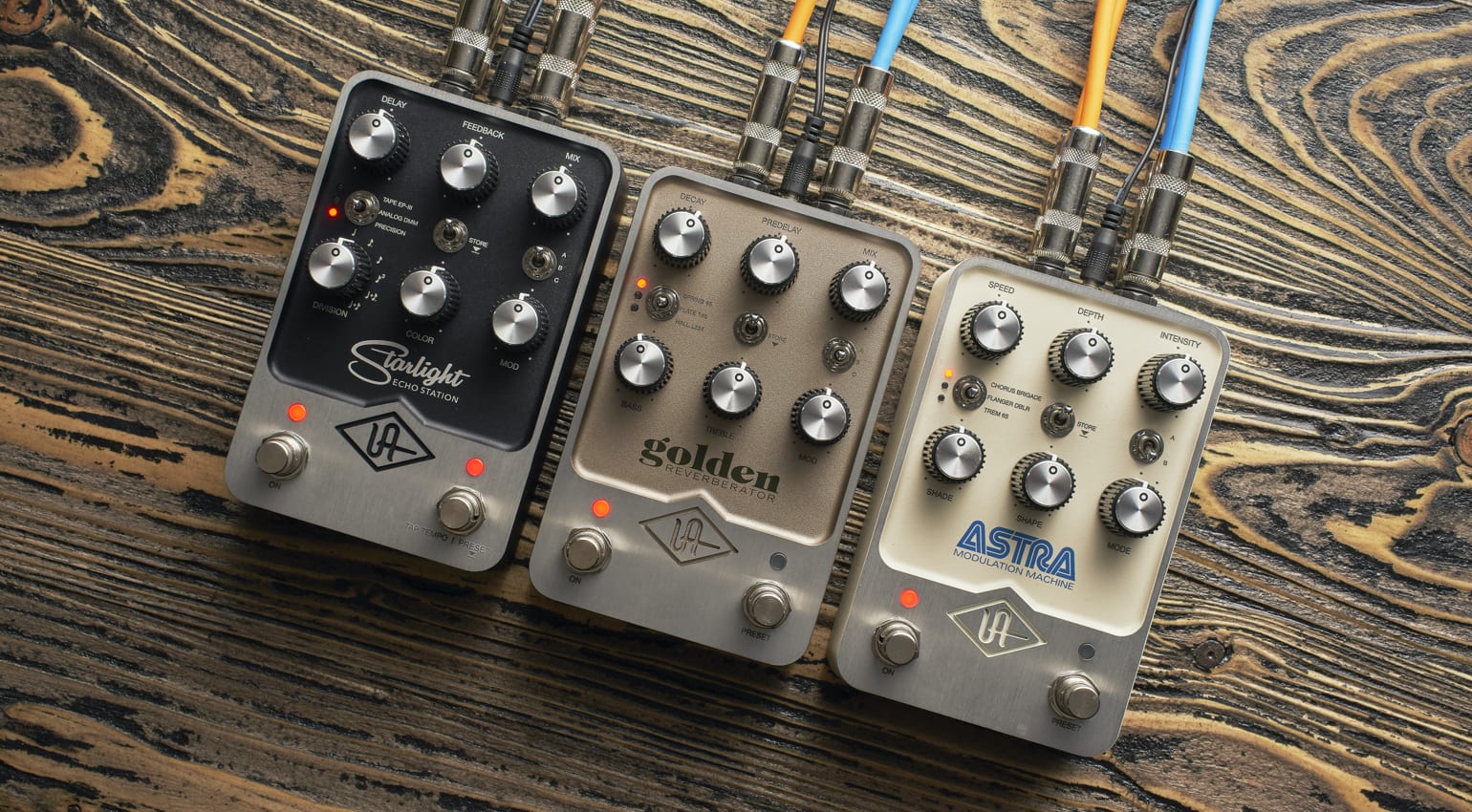
UAFX Pedals Golden Reverberator, Starlight Echo Station, and Astra Modulation Machine · Source: Universal Audio
Golden Reverberator
The new Golden Reverberator pedal contains classic ’50s-style plate reverbs and the tube driven spring reverbs of classic ’60s guitar amps. The three algorithms are called Spring 65, Plate 140 and Hall 224, each available with modulation as well.
Starlight Echo Station
The Starlight Echo Station is full of tape style-delays, offering Tape EP-III, Analog DMM and Precision delays. This pedal also contains settings for tape wear, modulation, and preamp colouration to add some flavour to your repeats.
Astra Modulation Machine
Last up is the Astra Modulation Machine, packing in modulation algorithms called Chorus Brigade, Flanger DBLR and Trem 65. These go from a bucket-brigade-type chorus, to a ’70s studio flanger and then to an opto tube-style tremolo. Plus you have a secondary modes for Vibrato, Doubling and more.
Overview
Overall, I think this new pedal range looks promising and I’m looking forward to hearing some demos and reviews of each model once players gets their hands on them. They look well thought out and if they have the excellent audio quality we expect from Universal Audio, then I’m expecting to hear great things about the UAFX Pedals range in 2021.
RRP – USD 399 each
More Information
Video
You are currently viewing a placeholder content from YouTube. To access the actual content, click the button below. Please note that doing so will share data with third-party providers.
You are currently viewing a placeholder content from YouTube. To access the actual content, click the button below. Please note that doing so will share data with third-party providers.
You are currently viewing a placeholder content from YouTube. To access the actual content, click the button below. Please note that doing so will share data with third-party providers.
You are currently viewing a placeholder content from YouTube. To access the actual content, click the button below. Please note that doing so will share data with third-party providers.
3 responses to “Universal Audio unveils UAFX guitar pedal line with three new stompboxes”

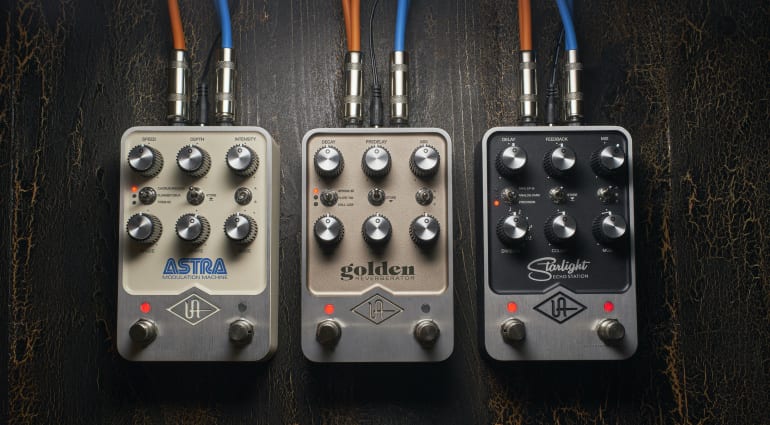

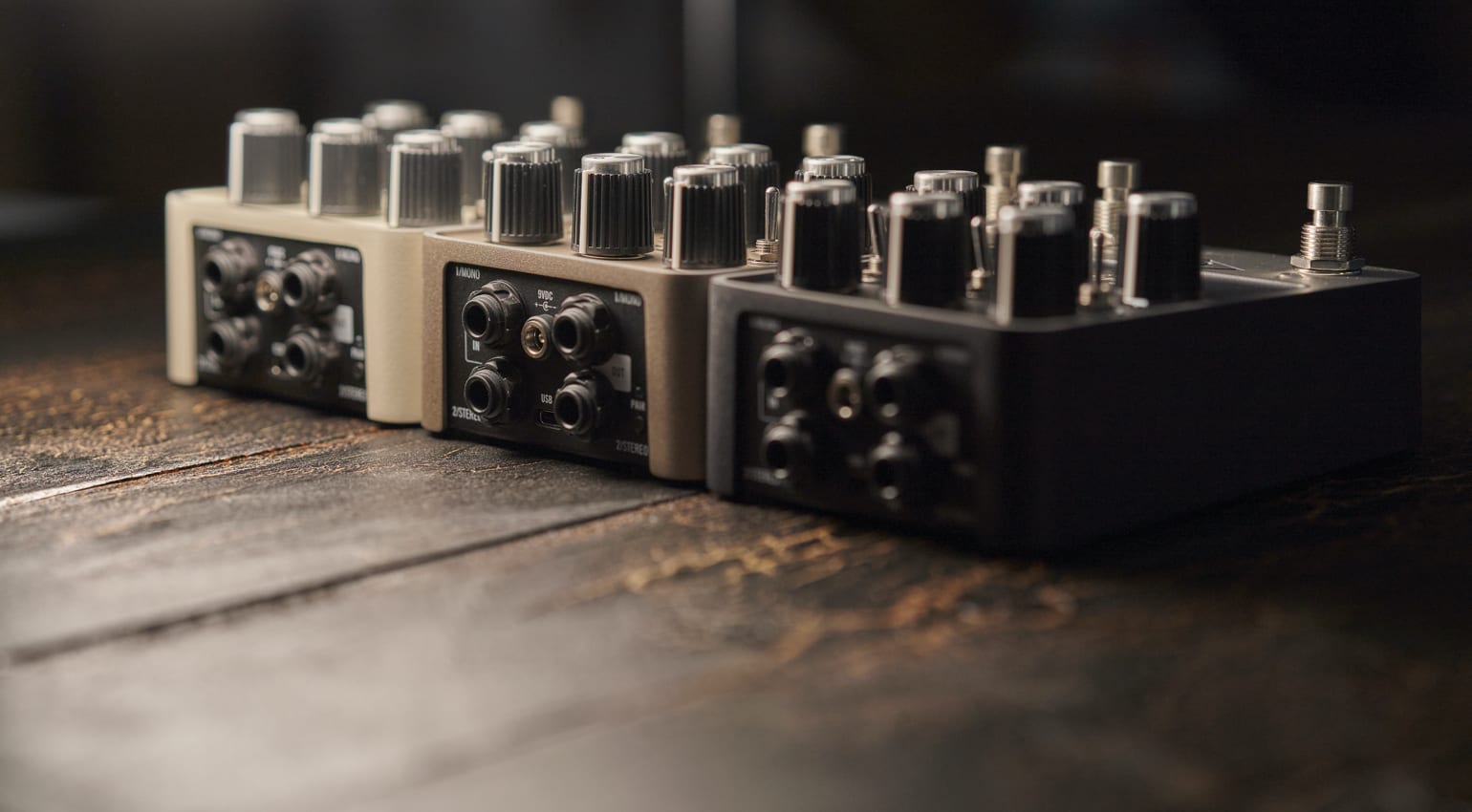
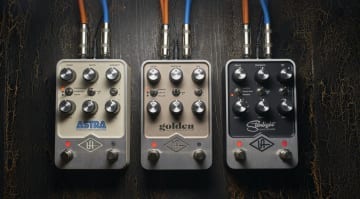


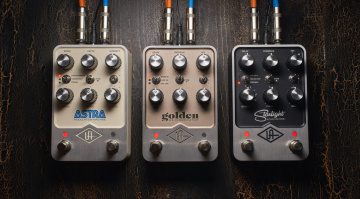
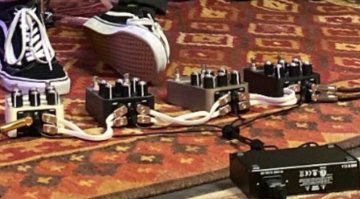
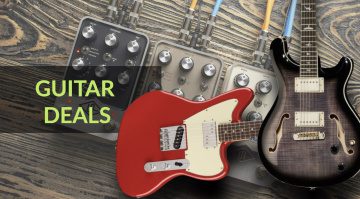

hey these are great and all, but why the lack of midi sync tempo? i don’t understand why more companies don’t include some sort of BPM sync other than Tap. especially on delay pedals! tap tempo is not ideal. really a missed opportunity in my opinion. there’s a gazillion fx pedals out there. news every week. shoutout to Audiothingies Dr. A
I’m with you on that one. MIDI sync ought to be a standard thing on tempo based FX, especially the higher end stuff.
Agree! It wouldn’t be convenient, but I wonder if it’s possible to add that feature over the USB input? (Otherwise likely used for programming/saving patches, updates, etc.) Looks like a USB-C port… But I’d expect a sync option for that price!